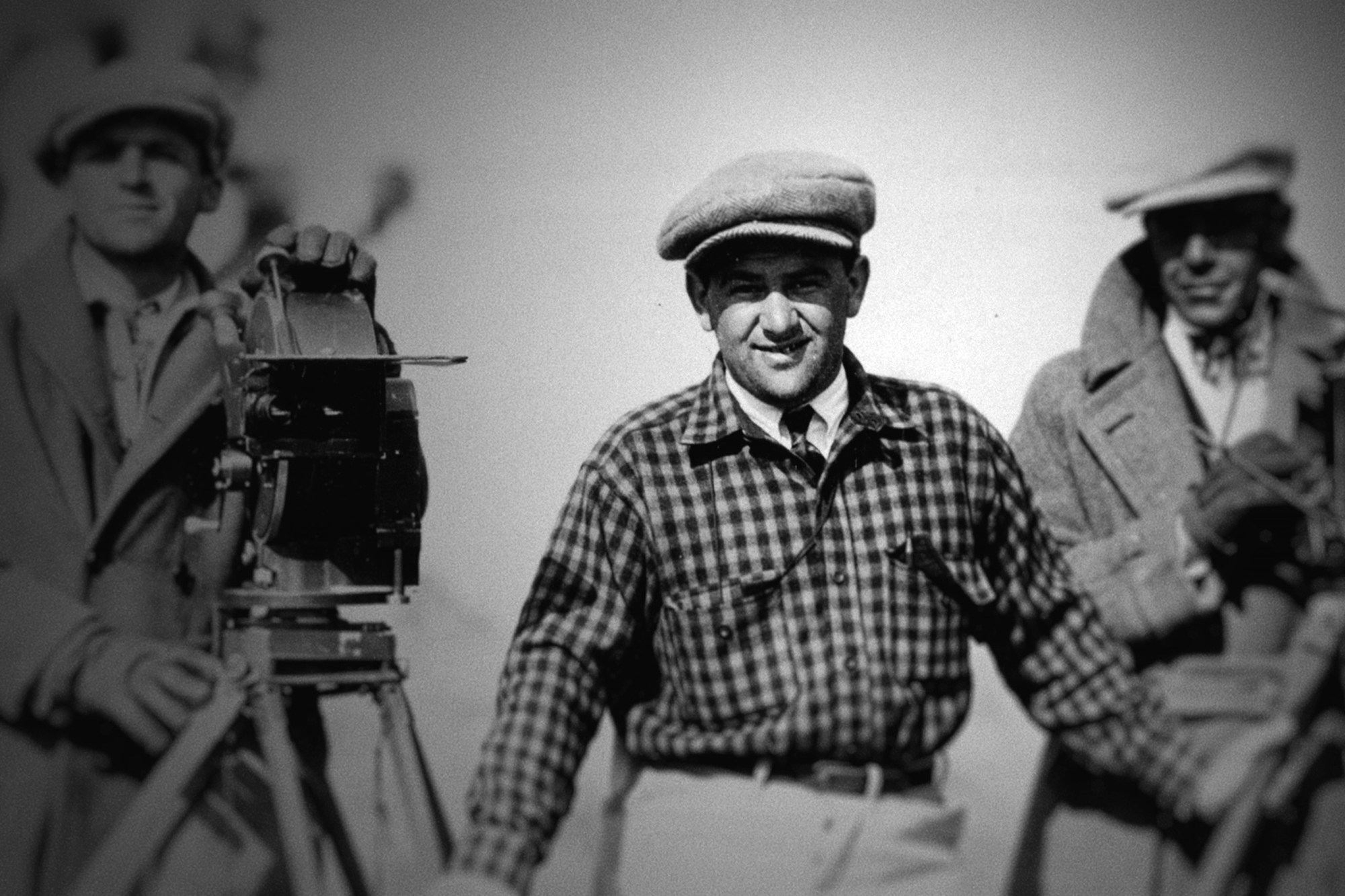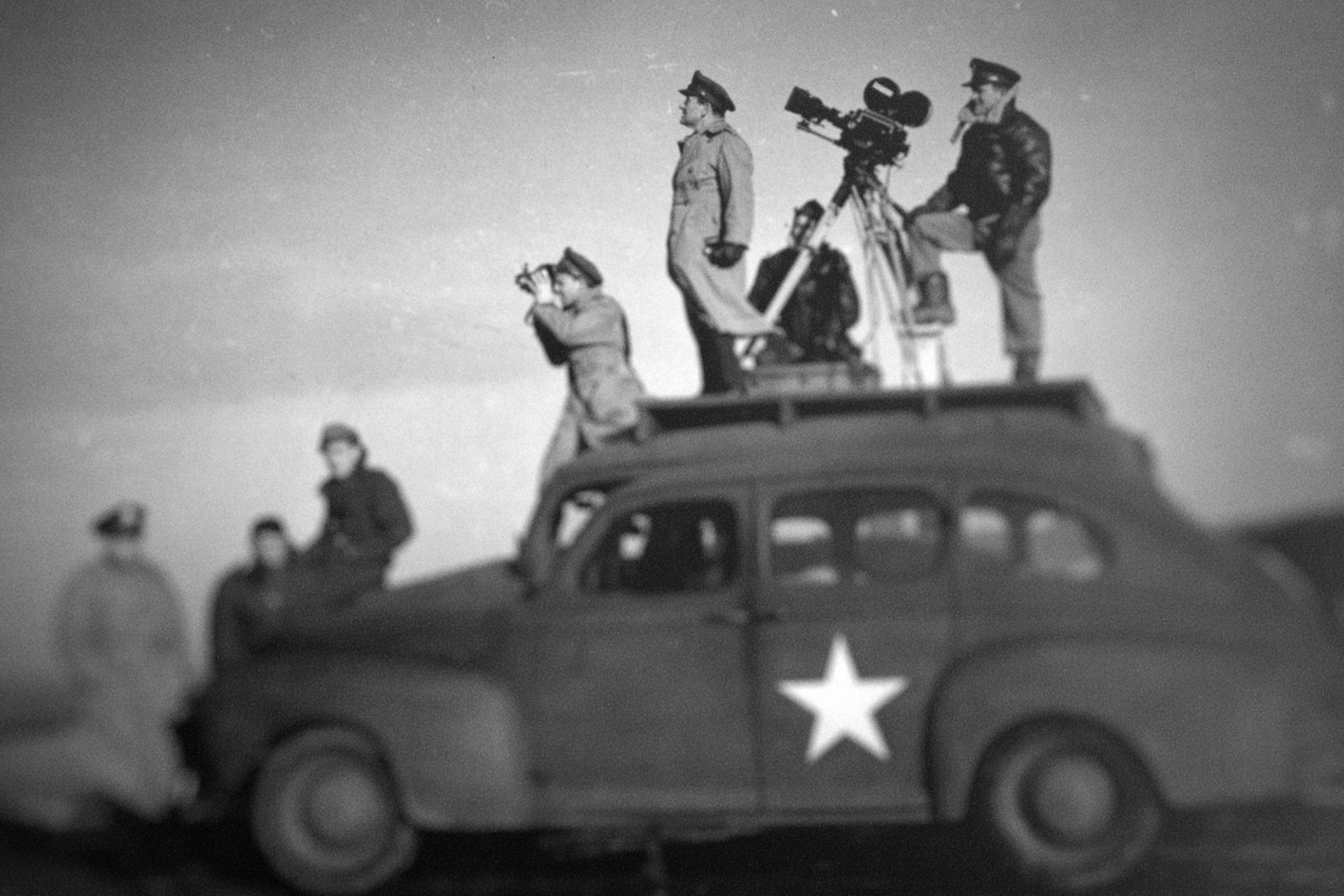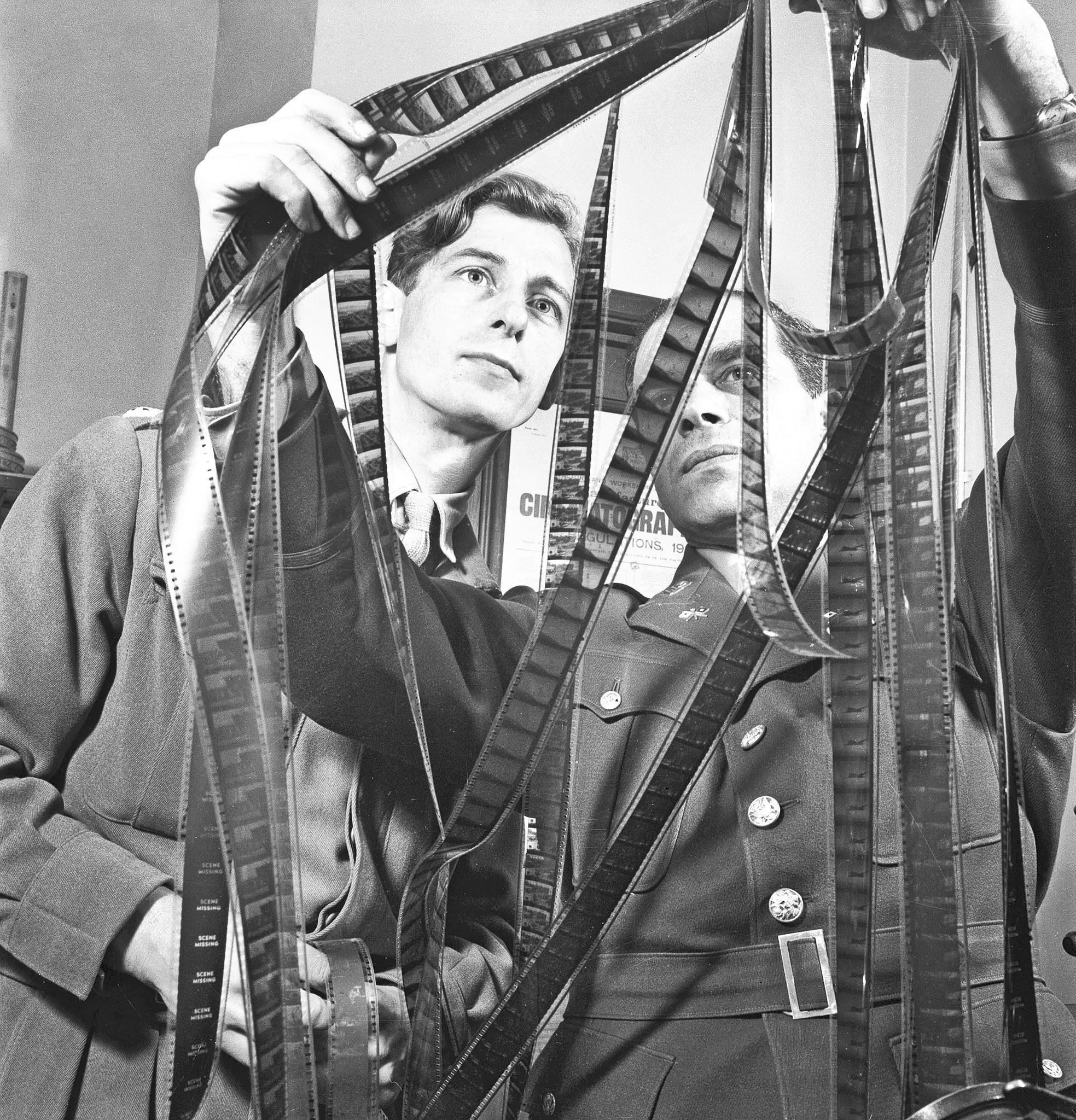The three-part Netflix documentary Five Came Back, scripted by Mark Harris (on whose book it is based) and directed by Laurent Bouzereau, is a substantial achievement of narrative compression and historical context.
Focused on the wartime cinematic contributions of five acclaimed directors — Frank Capra, John Ford, John Huston, George Stevens, and William Wyler — Harris and Bouzereau examine the nature of filmic propaganda through the lens of individual personalities and creative pressures, seeking to balance a huge amount of information with the needs of the documentary form. The result is impressive, filled with smart commentary and skillful correlations between the demands of the state and the impulses of the artists. If Five Came Back could still stand to continue for another hour or five, that’s just testament to the fascination of the story. As it is, it’s never less than engrossing.

Five Came Back
The first part of Five Came Back takes a brief look at some of the directors’ pre-War output — Steven’s Swing Time, Capra’s It Happened One Night and Mr. Smith Goes To Washington, Ford’s Young Mr. Lincoln and Stagecoach, Huston’s star-making debut The Maltese Falcon, Wyler’s Jezebel (and later Mrs. Miniver). The doc deftly incorporates footage from those films, but also emphasizes the merging of propaganda (in the form of newsreels) with the theater experience; even before the American entrance into the war, the cinema was already a place of blurred lines, as light entertainment was preceded by real-world footage anticipating disaster.
This sets the stage for their sudden decision, upon the outbreak of war, to temporarily shelve their careers to turn their cameras on the war effort. Patriotic to a man, almost mindbogglingly so, and in most cases quite conservative, the next several years would find them on the front-lines or, in Capra’s case, organizing things stateside with single-minded determination.
Part Two moves at a breakneck pace, as the directors travel to combat zones to collect their footage (or, for Huston in the case of The Battle of San Pietro, restage it when he arrived too late). There’s little doubt about the bravery involved in much of this: Ford filming the German planes from elevated platforms that couldn’t help but make him a target, Wyler, a German-born Jew, joining bombing runs that would’ve proved completely deadly for him had their planes been shot down.

Five Came Back
Five Came Back leavens this bravery with a clear-eyed recognition of the propaganda aspect of these efforts, particularly the demonization of the Japanese, who are portrayed with a nastiness the Germans never receive. Harris avoids hagiography, as do the five contemporary directors (Francis Ford Coppola, Lawrence Kasdan, Paul Greengrass, Steven Spielberg, and Guillermo del Toro) enlisted to comment, often insightfully, on these predecessors they clearly admire. Instead, we get a sense of the urgency and dedication, but also the pitfalls of pairing art and war.
The final segment is the strongest, and the saddest. Each of these men came back from their experiences profoundly changed. Wyler’s The Best Years of Our Lives is an elegy for all that was lost, and the unrecognizable world to which veterans returned. Ford would found an institute to help his crew and others deal with what we’d later call PTSD, and release increasingly darker, more cynical takes on the Western, like The Searchers. Capra’s It’s A Wonderful Life is our annual Christmas tradition now, but it’s still shot through with grief and powerlessness, even if it reflects an irrepressible hope. Huston, whose films had operated on the rather dark edge of the spectrum since the start, would only make darker ones as the years went by.

And no one was more affected than Stevens. The man who had directed Fred Astaire and Ginger Rogers, whose Woman of the Year launched the Tracy and Hepburn screwballs, who had been known as the master of the light comedy, found himself among the first to walk through and photograph Dachau after liberation. Jump-cuts reveal what he saw — much of it later used at the Nuremberg Trials — and there’s a palpable sense of horror; you can feel it in the footage. He would, upon returning, never make another comedy.
Five Came Back details all this and much more, deftly weaving the threads. (It does largely omit the contributions of Anatole Litvak, as Todd McCarthy notes; yet another argument in favor of a treatment twice this length.) If its first chapter is less cohesive than the other two, that’s attributable to how much material there is to get through, and perhaps also accidentally mirrors America’s own fraught relationship to a war it didn’t at first fully appreciate. By the end, the enormity of these events feels staggering.

Still, the film is successful in almost every way. The interpolation of film throughout will almost certainly drive any cinephile to seek out the originals (many of which are also streaming on Netflix), history buffs will find no shortage of fascinating detail, and general audiences will come away with an appreciation for the complicated interplay between fact, representation, propaganda, and war. Five Came Back tackles issues both enormous and deeply personal, providing a chronicle of a time that changed everything.

